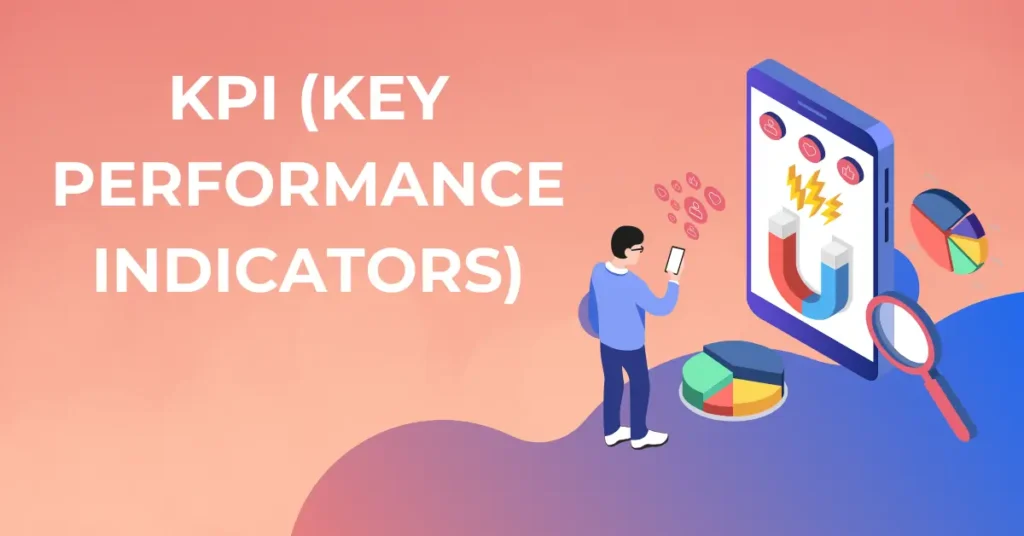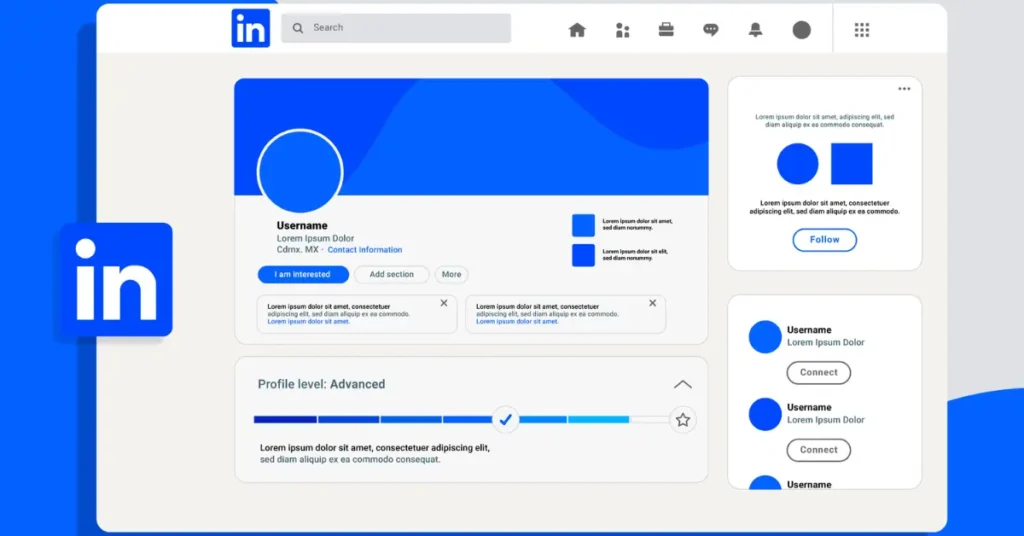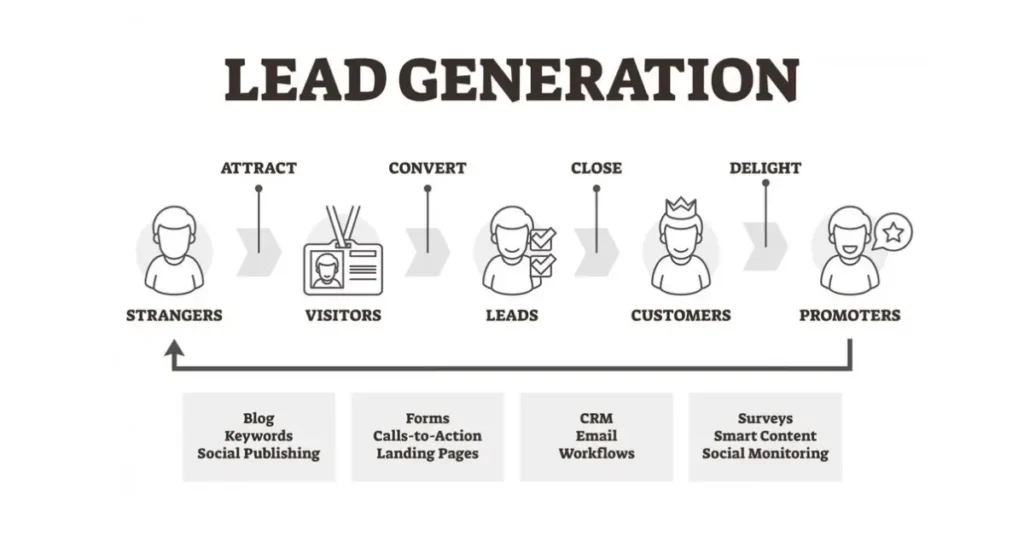Introduction
Is your blog feeling a little lost in the vast expanse of the internet? You’re not alone. Every day, millions of blog posts are published, making it a battleground to stand out. But fear not, because SEO (Search Engine Optimization) isn’t some arcane magic. It’s a set of strategies that, when applied consistently, can transform your blog into a magnet for organic traffic.
In this in-depth guide, we’ll share nine proven SEO tips, gathered from SEO specialists who have propelled countless keywords to the top of Google’s rankings. Whether you’re a seasoned blogger or just starting out, these strategies can help you unlock the full potential of your blog and watch your traffic soar.
1. Niche Expertise: Your Cornerstone of Success
Think of your niche as your home turf. It’s where you know the terrain, the players, and the rules of the game. Trying to compete in broad, oversaturated niches is like trying to win a marathon in flip-flops – you might finish, but it’ll be a long, grueling journey.
- Find Your Sweet Spot: What are you passionate about? What topics do you know inside and out? Your niche should be something you genuinely enjoy writing about, as this will translate into authentic, engaging content.
- Research Low-Competition Keywords: Don’t just pick any niche; choose one with potential. Use keyword research tools like Google Keyword Planner or SEMrush to identify keywords with decent search volume but relatively low competition. This gives you a fighting chance to rank higher in search results.
- Become the Go-To Expert: As you consistently create high-quality content within your niche, you’ll establish yourself as an authority. This will not only attract readers but also encourage other websites to link to your content, boosting your SEO even further.
2. Hub & Spoke Keyword Strategy: Building a Content Empire
Imagine your blog as a solar system, with a central “hub” keyword representing your main topic, and “spoke” keywords orbiting around it, covering related subtopics. This is the power of the hub and spoke keyword strategy.
- The Hub: Your Ultimate Guide: Start by creating a comprehensive, in-depth guide on your main topic. This is your flagship content, the cornerstone of your strategy.
- The Spokes: Exploring the Nuances: Each spoke represents a subtopic related to your hub. Create individual blog posts that dive deeper into these subtopics, providing additional value to your readers.
- Interlinking: The Glue That Binds: Link your spoke articles back to your hub and to each other. This creates a network of interconnected content that signals to search engines the depth and breadth of your expertise.
3. A+ Content: Your Secret Weapon
Content is king, but not just any content. Google’s algorithm is getting smarter every day, prioritizing content that is:
- Informative and Insightful: Go beyond the surface level. Dive deep into your topic, providing valuable insights, data-backed research, and practical takeaways for your readers.
- Well-Structured and Scannable: Use clear headings, subheadings, bullet points, and short paragraphs to make your content easy to read and digest.
- Visually Appealing: Break up your text with relevant images, videos, and infographics to enhance engagement and keep readers on your page longer.
- AI-Powered: Consider using AI tools like ChatGPT for outlining, generating ideas, and even drafting sections of your content. This can save you time and ensure your articles are well-structured and informative.
4. Internal Links: Your Blog’s GPS
Internal links act as a navigation system for both your readers and search engines. They guide users to relevant content, helping them explore your blog more deeply. For search engines, they signal the relationships between your pages and the overall structure of your website.
- Link Strategically: When writing a new post, look for opportunities to link to older, relevant content. This keeps readers engaged and helps search engines discover and index your pages more effectively.
- Anchor Text: Use descriptive anchor text that gives readers and search engines a clear idea of what to expect when they click on a link. For example, instead of “click here,” use “learn more about keyword research.”
5. Media: Your Visual Storytelling Toolkit
Visuals aren’t just pretty pictures; they’re powerful tools for storytelling and engagement. Incorporate media into your blog posts to:
- Break Up Text: Large blocks of text can be intimidating. Use images, videos, and infographics to create visual breaks and make your content more inviting.
- Illustrate Concepts: A picture is worth a thousand words. Use visuals to explain complex concepts or to add a touch of personality to your writing.
- Enhance SEO: Optimize your images with descriptive alt text and file names. This helps search engines understand what your images are about, which can improve your rankings.
6. Improve CTR: Make Your Headlines Irresistible
Your headline is your blog post’s first impression. It needs to be catchy, informative, and relevant to the search query.
- Grab Attention: Use power words, numbers, and questions to pique curiosity and entice readers to click.
- Optimize for Snippets: Craft your headlines and meta descriptions with featured snippets in mind. These coveted spots at the top of search results can significantly boost your click-through rate (CTR).
7. External Links: Show You’ve Done Your Homework
Don’t be afraid to link out to authoritative sources. It shows that you’ve done your research and are willing to share valuable resources with your readers.
- Link to Credible Sources: Choose websites with a high domain authority and a reputation for accuracy.
- Use Nofollow Links: When linking to commercial sites or affiliate links, use the “nofollow” attribute to avoid passing link equity.
8. Get Backlinks: The SEO Popularity Contest
Backlinks are like votes of confidence from other websites. The more backlinks you have from high-quality sites, the more authoritative your blog appears to search engines.
- Guest Posting: Write high-quality articles for other blogs in your niche and include a link back to your website.
- Social Media: Share your content on social media platforms and encourage your followers to share it as well.
- Link Building Outreach: Reach out to other bloggers and website owners in your niche and offer to exchange links.
9. Track & Update: The Never-Ending SEO Journey
SEO isn’t a one-time project; it’s an ongoing process. Search engine algorithms are constantly changing, so you need to stay on top of your game.
- Monitor Your Rankings: Use tools like Google Search Console and Google Analytics to track your keyword rankings and organic traffic.
- Refresh Your Content: Update older posts with new information, statistics, or insights. This shows search engines that your content is still relevant.
- Adapt to Algorithm Changes: Stay informed about major algorithm updates and adjust your SEO strategies accordingly.
- Analyze Your Competitors: See what’s working for your competitors and try to implement similar strategies.
Conclusion
By mastering these 9 SEO strategies, you can transform your blog from a hidden gem into a traffic-generating powerhouse. Remember, SEO takes time and effort, but the rewards are well worth it. So, roll up your sleeves, put these tips into practice, and watch your blog soar to new heights!

















